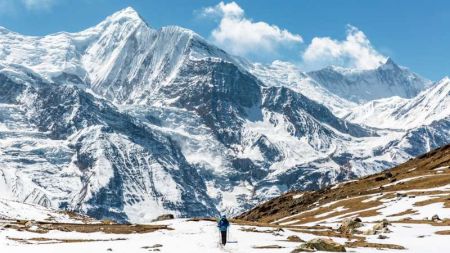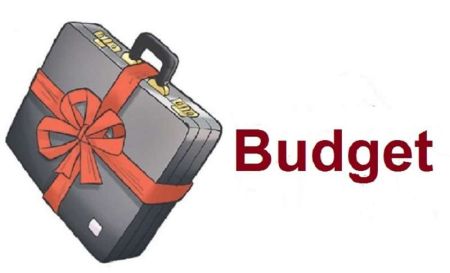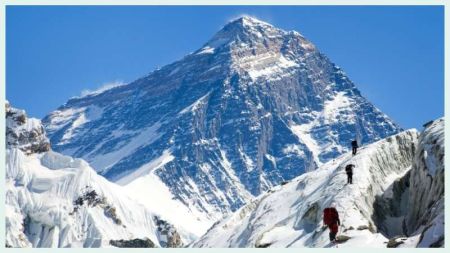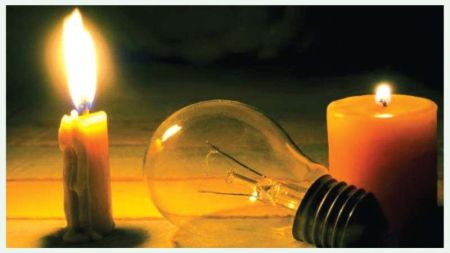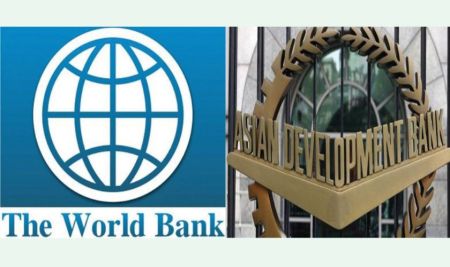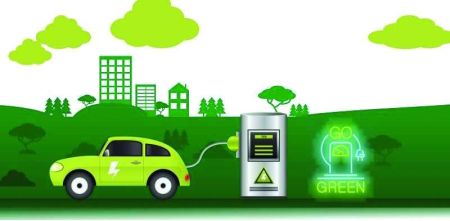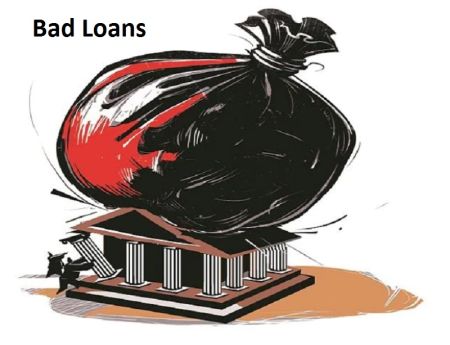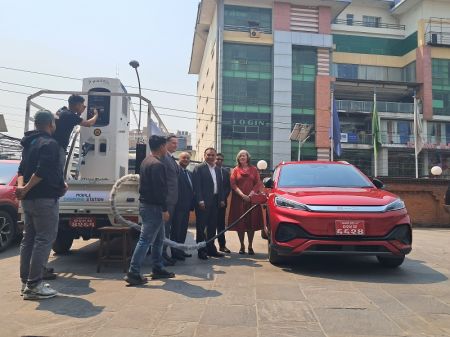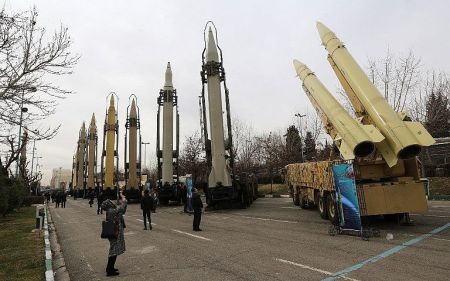“We have made sure that all people have share holdings in this company. With this model, we have ensured 360 degree participation and made it a people’s company.”

KUL MAN GHISING
Managing Director
Chilime Hydropower Co Ltd
If dreaming big is the norm for corporate houses, it is larger for Chilime Hydropower Company Limited. Having an installed production capacity of 22.1 Megawatts (MW) hydroelectricity at the moment, it envisages producing 500 MW of hydroelectricity by 2020. Similarly, it dreams to be the largest hydropower company in Nepal.

Chilime has actually begun working towards its 2020 vision already. Right after the generation of hydroelectricity began on 25August 2003, the company applied for further projects and has four projects in its pipeline now. They are Rasuwagadhi Hydropower (111 MW), Senjen (42.5 MW), Upper Senjen (14.5 MW) and Madhya Bhotekoshi (102 MW). These projects will remain under Chilime’s subsidiaries: Rasuwagadhi Hydropower Company Limited, Madhya Bhotekoshi Jalavidhyut Company Limited and Senjen Jalavidhyut Company Limited. The parent company Chilime owns and operates a 22.1 MW power plant located in Rasuwa district.
Kul Man Ghising, Managing Director of Chilime, reveals, “We have already planned on how to move ahead after completing these four projects. Two projects will come into operation after four years while the other two will commence operation after five years.”

Chilime is also planning to get into reservoir based hydel plants along with sizeable projects of up to 500 MW. Ghising confidently says, “We have that capability as we are financially strong. We will get even stronger with the completion of four projects, both technically and financially.” Chilime has well understood that without sizeable projects, economies of scale in hydropower sector cannot be achieved and the price won’t reduce either. Chilime has applied for licenses of large scale power plants namely, Uttarganga (300 MW), Upper Arun (335 MW) and Langtang Project (232 MW). “We are hopeful to get licenses of some of these projects. After having license(s) in hand, we will go into construction phase within three years,” says Ghising. Chilime is looking forward to add more projects to its portfolio by 2014/15 so that it will have projects of around 800 MW by 2020 including operational capacity of 500 MW. This will help Chilime leap one step forward to meet its dream to establish itself as the largest public hydropower company in Nepal.
Since its establishment, it has optimally utilised the local resources of Nepal –technical manpower and financing etc. Ghising says that the company is operating on a model of public-people-partnership. Therefore, 51 per cent of the stakes is held by the Nepal Electricity Authority (NEA) and 49 per cent by the general public including 10 per cent equity ownership of the local people at the project sites. He claimed Chilime to be the first public limited hydropower company of Nepal.
The company has adopted a model that has been highly successful for managing capital for investing in hydropower. It includes investors, regulator, government bodies, the operator’s employees, buyers and also the consumers for financing hydropower. Ghising says the model that has been introduced by Chilime has proved to be a milestone for the Nepali hydropower sector. “When developing a 200 MW project was thought impossible without foreign investment and support from donors like Asian Development Bank (ADB) and World Bank, we have used money within Nepal to finance upcoming projects for a total of 270 MW,” he boasts, “Chilime has collected Rs 4 billion in four days. The confidence of the general public to invest in hydropower has developed because of us.”
Ghising clarifies that Chilime is not a Public Private Partnership (PPP) company. It is rather a people focused company. He says that Chilime has moved on to the 4P model – peoplepublic- private-partnership as it has also involved private entities in its subsidiary companies. “We have made sure that all people have share holdings in this company. With this model, we have ensured 360 degree participation and made it a people’s company.”

Ghising believes that a huge amount of hydropower can be developed in Nepal if more than a dozen hydropower companies adopt the same model. Chilime is looking forward to business expansion and to meet this objective, Ghising feels the need for foreign direct investment (FDI). He believes that international companies will easily be ready for partnership with Chilime as it has a huge public base and is a stable company in Nepal.
Chilime has also helped locals prosper by making them the shareholders of the company. Ghising says that shareholding households of Rasuwa district have liquid assets of Rs 500,000 each because of the Chilime shares they own and dividends they receive. Ghising says that locals own 500 units of shares per household. “Each household will be proud to have at least Rs 2 million worth of shares after five years as the bonus shares and dividends go on adding up.”
The company has been distributing around Rs 35,000 to 40,000 every year as dividend to each household. Ghising says that Rs 90 million was distributed last year in Rasuwa district alone as dividend. The company had distributed 70 per cent dividend last year – 30 per cent cash and 40 per cent bonus share. “This has helped in inclusive growth of locals along with creating a sense of ownership towards the project,” he says. Likewise, as part of its Corporate Social Responsibilities (CSR), the company spends over Rs 10 million every year on various activities like education, health, drinking water, roads, electricity and other social causes.
The company had made a net profit of Rs 843.14 million in the fiscal year 2010/11. This year, the company’s net profit remained around Rs 950 million. The revenue collection of the company in the fiscal year 2011/12 was around Rs 1.2 billion.
The total financing cost of Chilime at the time of completion of its project in Rasuwa was Rs 2.5 billion. While Rs 960 million was managed through equity investment, rest of the amount was materialised from borrowings. The company paid back its loan within three years. Chilime, at present, has paid up capital of Rs 1.35 billion. It is investing around Rs 7 billion in four projects within the course of the next five years. However, the total cost of these projects is around Rs 33.2 billion. Around Rs 16.6 billion will be invested by the Employees Provident Fund (EPF) while the rest will be managed through equity management.
Ghising ruled out the dispute over Bhotekoshi rafting saying everybody in the region is warm heartedly welcoming the project. Earlier, it was being said that the rafting business will be disturbed due to the construction of the project. Ghising insisted that the actual rafting generally begins from Middle Bhotekoshi Project Power house area and will not affect rafting activities in any way.

He also promises to promote the rafting business and develop an international community rafting centre with rafting museum, a convention hall and a rafting training institute along with building gateways for rafting at numerous points on the banks of Bhotekoshi. He also sees possibilities for development of Eco- Hydro-tourism that will also boost revenue collection at Sindhupalchowk district. The company has made a slogan ‘Hydropower together with tourism’ to reinforce its promises. Chilime has a complaint that the hydropower sector is missing the presence of a regulator to check and balance the developers as well as the NEA. Ghising says that the hydropower sector is not as transparent as it should have been.
Chilime is planning to export its surplus production after meeting the local demand. Similarly, it will also begin working towards backward integration like a tie-up with the turbine manufacturers, operation & maintenance and consulting for hydropower sector.

STRENGTHS
• Financially strong
• Technically sound
• Credibility
• Goodwill
• Public support
WEAKNESSES
• Time taking procedures for procurement of goods and services.
OPPORTUNITIES
• Huge market opportunity
• Potential to generate hydropower
THREATS
• Possibilities for project delays
• Unnatural demands from locals
• Weak financial health of the NEA - the buyer of electricity
• Political instability
• Unavailability of adequate technical manpower in the market






